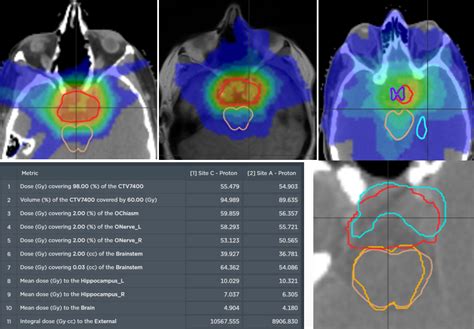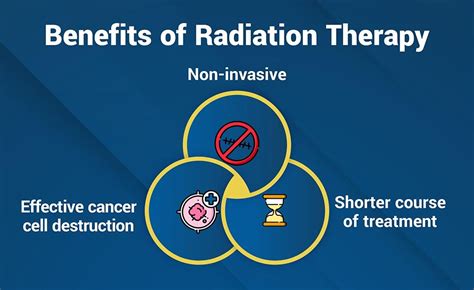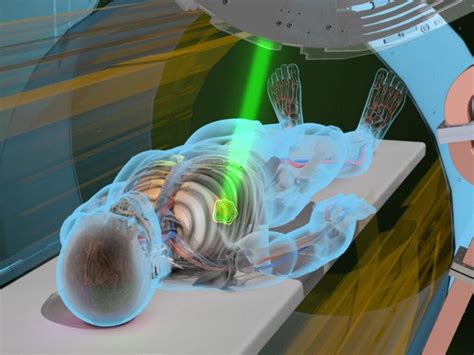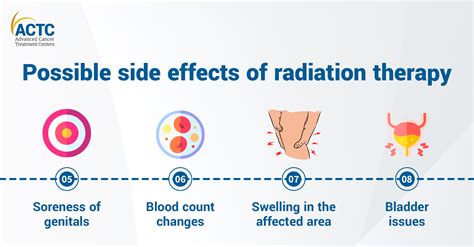Intro
Discover how radiation therapy treats prostate cancer through 5 effective methods, utilizing techniques like brachytherapy, external beam radiation, and stereotactic body radiation therapy to target tumors and reduce symptoms, improving patient outcomes and quality of life.
Prostate cancer is a common type of cancer that affects men, and it is essential to explore the various treatment options available. One of the most effective treatments for prostate cancer is radiation therapy. Radiation therapy uses high-energy particles or waves, such as X-rays, gamma rays, or protons, to kill cancer cells. In this article, we will delve into the world of radiation therapy and explore how it treats prostate cancer.
Radiation therapy is a non-invasive treatment that can be used to treat prostate cancer at various stages. It can be used as a primary treatment, or it can be used in combination with other treatments, such as surgery or hormone therapy. The goal of radiation therapy is to destroy the cancer cells while minimizing damage to the surrounding healthy tissue. With advancements in technology, radiation therapy has become a highly effective treatment option for prostate cancer.
The importance of radiation therapy in treating prostate cancer cannot be overstated. It has been shown to be highly effective in treating early-stage prostate cancer, and it can also be used to treat more advanced cases. Radiation therapy can help to reduce symptoms, such as pain and difficulty urinating, and it can also help to improve quality of life. In addition, radiation therapy can be used to treat prostate cancer that has spread to other parts of the body. With its high success rate and minimal side effects, radiation therapy has become a popular treatment option for prostate cancer.
Introduction to Radiation Therapy

Types of Radiation Therapy
There are several types of radiation therapy that can be used to treat prostate cancer. These include: * External beam radiation therapy (EBRT): This is the most common type of radiation therapy, and it involves the use of a machine to deliver radiation to the tumor from outside the body. * Internal radiation therapy (brachytherapy): This type of radiation therapy involves the use of small radioactive seeds that are implanted directly into the tumor. * Stereotactic body radiation therapy (SBRT): This type of radiation therapy involves the use of high doses of radiation that are delivered in a few fractions. * Proton therapy: This type of radiation therapy involves the use of protons instead of X-rays to kill cancer cells.Benefits of Radiation Therapy

Radiation Therapy and Prostate Cancer Stages
Radiation therapy can be used to treat prostate cancer at various stages. The stages of prostate cancer include: * Stage I: The cancer is small and localized to the prostate gland. * Stage II: The cancer has grown and may have spread to the surrounding tissue. * Stage III: The cancer has spread to the lymph nodes or other parts of the body. * Stage IV: The cancer has spread to distant parts of the body.How Radiation Therapy Works

Radiation Therapy Treatment Plan
A radiation therapy treatment plan is a personalized plan that is created by a radiation oncologist. The plan takes into account the size and location of the tumor, as well as the patient's overall health. The plan may include: * The type of radiation therapy to be used * The dose of radiation to be delivered * The number of fractions (treatments) to be given * The schedule for the treatmentsRadiation Therapy Side Effects

Managing Radiation Therapy Side Effects
There are several ways to manage radiation therapy side effects. These include: * Getting plenty of rest * Eating a healthy diet * Staying hydrated * Avoiding irritants, such as tobacco and alcohol * Taking medication to manage symptomsConclusion and Next Steps

We invite you to share your thoughts and experiences with radiation therapy in the comments below. If you have any questions or concerns, please do not hesitate to reach out. We are here to provide you with the information and support you need to make informed decisions about your health.
What is radiation therapy?
+Radiation therapy is a type of cancer treatment that uses high-energy particles or waves to kill cancer cells.
How does radiation therapy work?
+Radiation therapy works by damaging the DNA of cancer cells, preventing them from growing and dividing.
What are the benefits of radiation therapy?
+The benefits of radiation therapy include a high success rate, minimal side effects, and the ability to treat prostate cancer at various stages.
What are the side effects of radiation therapy?
+The side effects of radiation therapy may include fatigue, nausea and vomiting, diarrhea, urinary problems, and skin irritation.
How can I manage radiation therapy side effects?
+There are several ways to manage radiation therapy side effects, including getting plenty of rest, eating a healthy diet, staying hydrated, avoiding irritants, and taking medication to manage symptoms.
